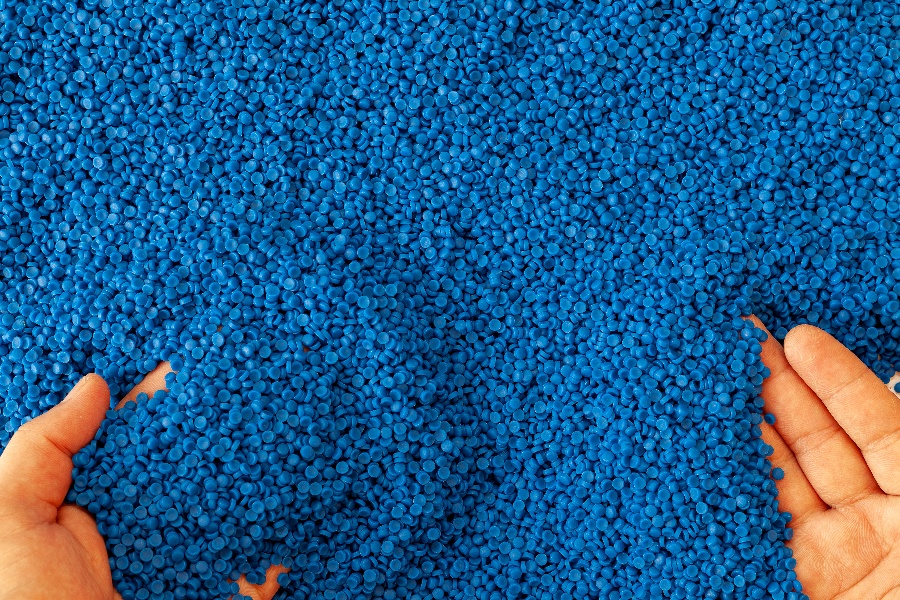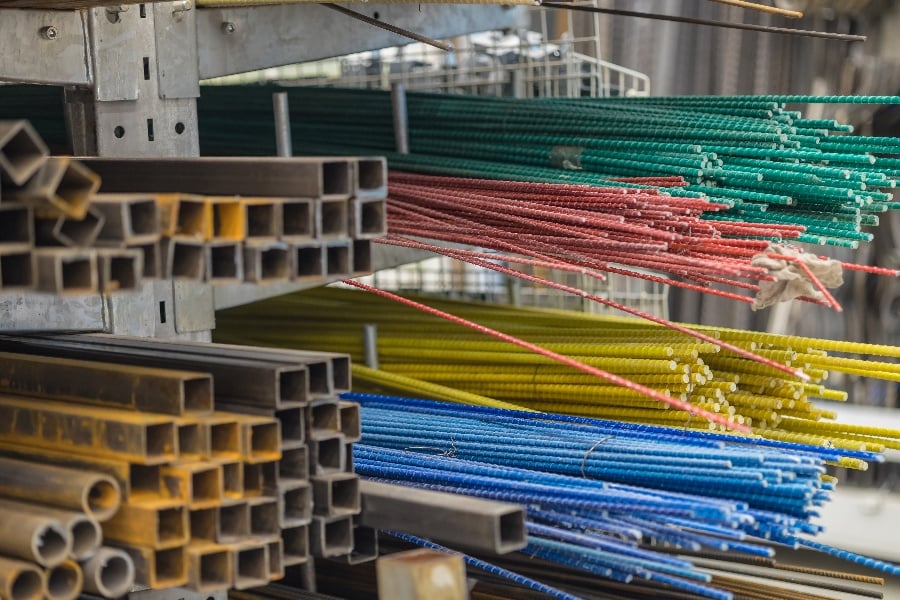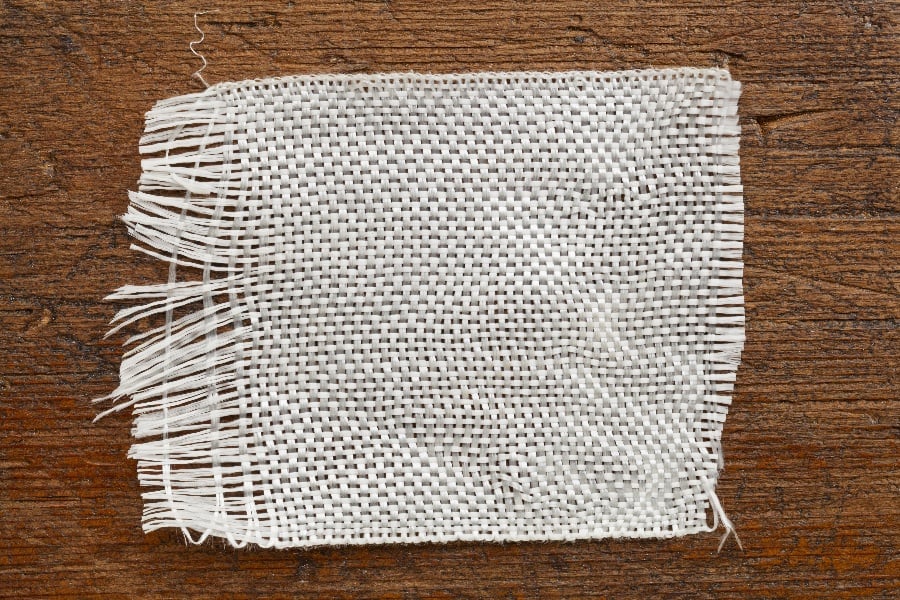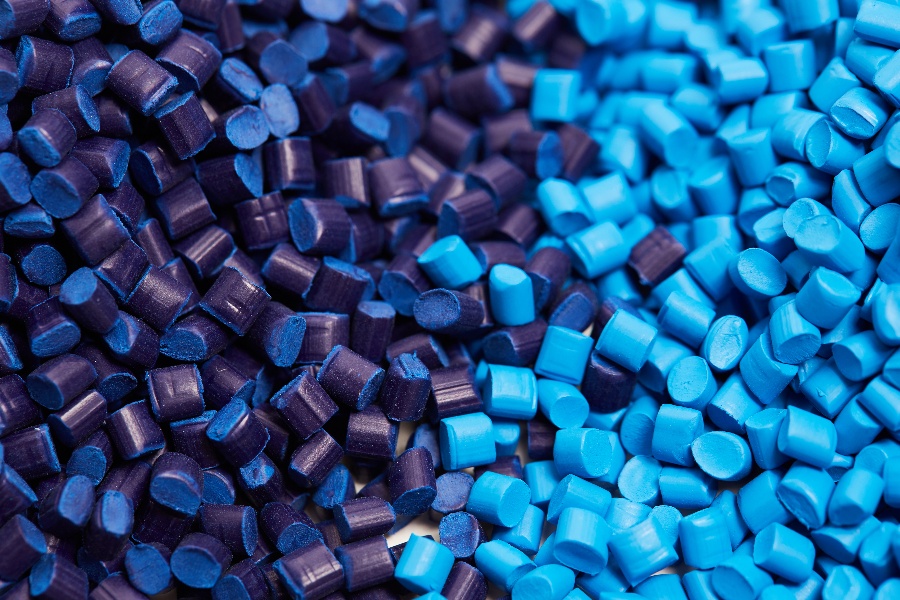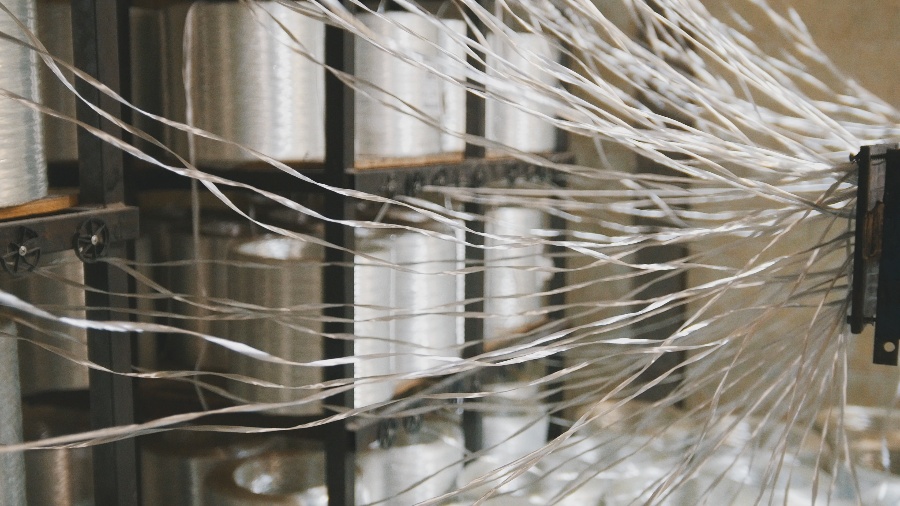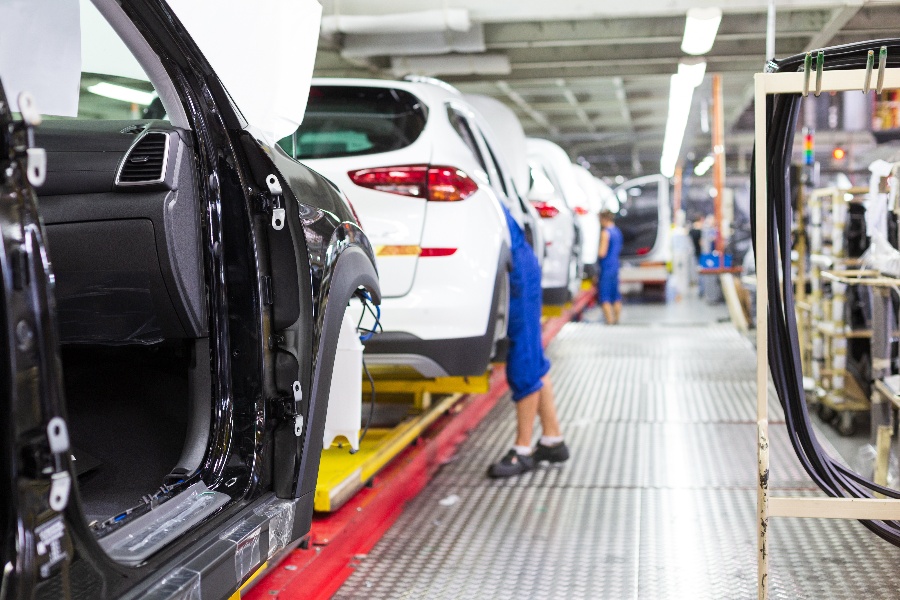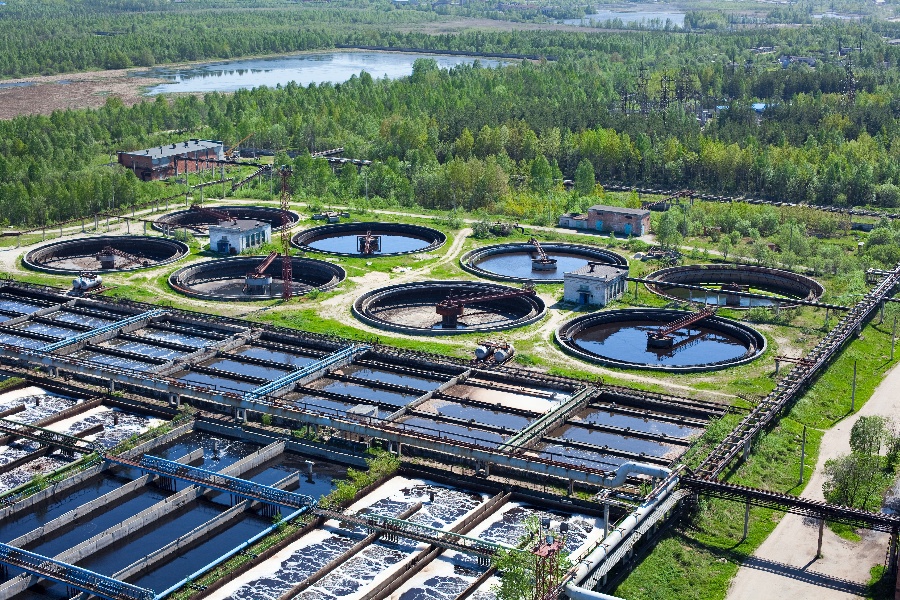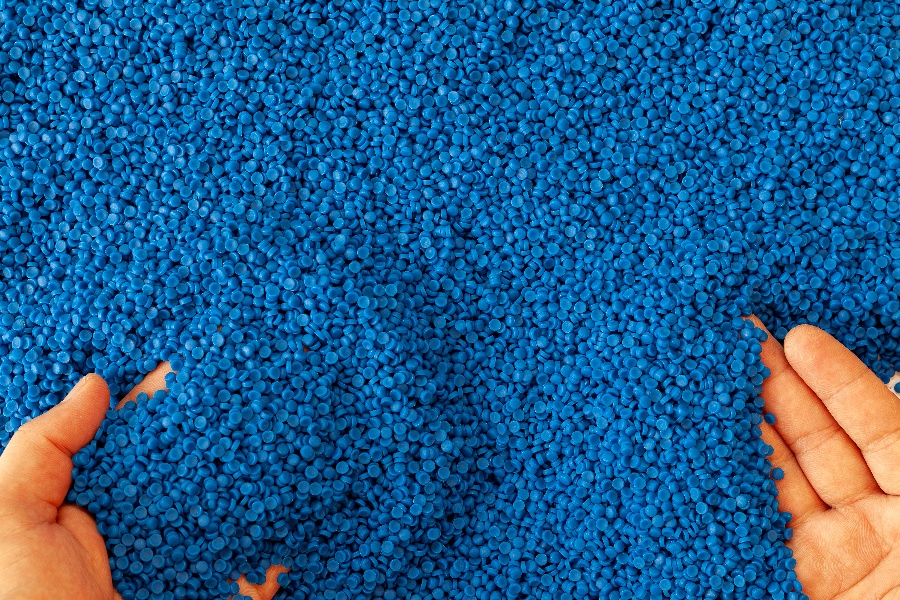
Composites are created when two or more materials are combined with a polymer matrix.
So, by combining glass, aramid or carbon with a polymer, the resulting end product is a strong and lightweight Fiber Reinforced Polymer (FRP) profile that is lighter in weight, corrosion-resistant, easy to handle, transport and install than old school materials such as wood, aluminum and steel.
Today, FRPs are used in varied applications across different sectors. Besides building and construction (new and retrofitting projects), infrastructure, auto, telecommunications and so on, FRP profiles have properties that make them suitable for a variety of applications. FRPs are excellent for use in protective equipment like fireproof clothing, body and vehicle armor, and ballistics-resistant components.
We take a look at a few of these applications.
Body and Vehicle Armor
Aramid fibers provide high strain-to-failure properties, meaning that the composites spread the force of impact energy by bending instead of breaking. FRP profiles also provide exceptional resistance to abrasive and thermal impact. In other words, aramid is an incredibly strong fiber.
So, what is aramid fiber? Aramid is a material that can be made into high-performance synthetic fibers. Aramid molecules are rigid, straight, and insoluble, and are ideal for spinning into textiles, filaments or sheets. As such, aramid fibers are suitable to be made in personal protection equipment (PPE) as they are durable and strong: the strong bond between relatively short molecules provides long chains that transfer mechanical stress efficiently.
Attributes of Aramid
- Excellent heat and flame resistance ─ Aramid fibers are flame retardant, heat-resistant, and do not melt or ignite under extreme conditions up to >500°C. These features ensure good fabric integrity at increased temperatures.
- Outstanding strength ─ Aramid fibers outperform steel and glass fibers of equal weight in terms of mechanical properties. They offer exceptional resistance to abrasion and cutting.
- High chemical resistance ─ Aramid fibers are 100% synthetic and provide excellent resistance against chemical splashes and flashovers. Their chemical resistance is excellent around organic solvents.
- Non-conductive ─ Aramid fibers do not conduct electricity and are an excellent overall insulator.
Wind Turbine Blades
FRP profiles have high strength, lightweight, and anti-corrosion properties which make them capable of tolerating high winds and extreme weather conditions.]
One such example is turbine blades which are exposed to environmental elements such as high winds. For this reason, FRPs can be precisely manufactured with due consideration given to contours, curves and aerodynamics. This improves electrical generation and reduces resistance.
Utilities
The utilities sector is shifting its focus towards the use of FRPs to replace old school materials such as steel, wood or concrete in new and/or retrofit projects for structural applications such as cross-arms, poles and towers. Properties such as resistance to environmental factors, durability, tensile strength and sustainability are driving growth for FRPs.
FRPs ─ because of attributes such as low weight, high strength and flexibility ─ are used to fashion horizontal axes for wind turbines. Such properties are required for applications that need to resist wind, rain, and offshore placement as well as chance encounters with birds.
In comparison to other composites in the field, fiberglass holds strong and is less likely to snap under impact.
In fact, in its 2020 report, market analysts Lucintel projected that despite an economic downturn in 2020 due to the global pandemic, the global utility pole market is expected to see an uptick in demand in 2021 to reach an estimated $53.3 billion by 2025. From 2020 to 2025, the compound annual growth rate (CAGR) is pegged at 3% to 5%.
Industrial Equipment
FRPs can be used in environments that are corrosive, contain toxic materials or are exposed to salt water or chemicals. As FRPs (particularly fiberglass) are durable, versatile and maintain their structural integrity, FRPs play a critical role in maintaining the safety and viability of other parts of the structure.
Conventional aluminum scaffolding oxidizes. Materials used in pultruded fiberglass scaffolding do not.
Fiberglass can also help reduce surface damage and clean-up time thanks to its structural integrity and portability: fewer dings and scrapes are caused by shifting scaffolding during painting, remodeling, drywall, and interior building maintenance tasks.
Pultruded fiberglass products can include cable trays and ladders, delivering corrosion resistance and anti-aging performance for harsh, demanding, or sensitive environments connected with petroleum, chemical, power, and light industries as well as broadcast TV, telecommunications and other digital fields.
Aerospace
The aerospace industry has very exacting demands ─ it requires corrosion-resistant components with a high thermal tolerance. FRPs are lightweight and strong and help to reduce component weight when compared to traditional materials like aluminum, steel, and titanium.
Therefore, it’s no surprise that aerospace engineers are turning toward pultruded FRPs to meet their needs.
Pultruded FRPs like those manufactured by Tencom are relatively low cost, structurally sound and durable and are leading the way in aerospace innovation.
Thanks to their versatility, current applications of FRPs in aerospace are extremely varied and range from the manufacturing of interior elements to load-bearing structural pieces.
In both commercial and military aircraft, FRP composites are being used in a variety of ways including in luggage bins, trolleys, radomes, brackets and even more substantial pieces like the fuselage, and within space travel and exploration, FRP composites are contributing to the innovation of lightweight satellites and rockets.
Tunnels for Indoor Flight Chambers
Indoor skydiving flight chambers rely on several critical components to ensure safe and enjoyable experiences for users. A combination of axial fans, air ducts, and turning vanes, wind tunnels drive air through the flight chamber to create the lift needed for flight.
In these instances, in place of concrete or metal, FRPs are used in air duct construction to reduce turbulence, reduce noise and vibration, and improve the overall aerodynamic performance of these systems.
The Takeaway
If you have projects that need profiles exhibiting characteristics such as superior dimensional stability, tolerance to specific parameters, low maintenance, high durability and lower manufacturing costs, then consider FRPs.
Tencom has been working with project leads and managers to realize a wide range of profile possibilities for over 22 years. Our team of experienced designers and engineers is dedicated to helping you customize profiles for your projects. Talk to us today.

